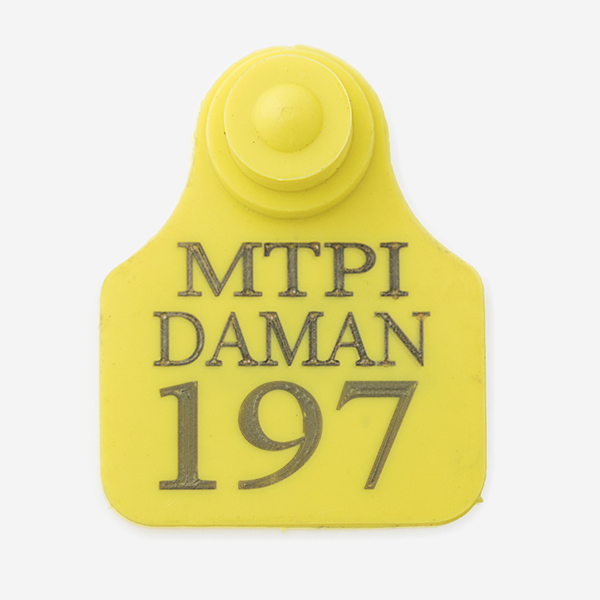Animal identification with RFID
The use of animal identification through RFID technology offers numerous advantages. The RFID transponder can be written with all relevant data and is so robust that it lasts the animal's lifetime. Animals can be uniquely identified by their identification number, and additional information, such as owner data, can be stored. Above all, this technology offers protection against theft and smuggling to other countries. In cattle farming, appropriate RFID ear tags can be used, among other things, to record feeding habits and grant specific cattle access to certain barns.

RFID solutions
For custom requirements, please send us your specifications.
Application
An implant is inserted under the skin in the neck of pets, for example. These implants consist of a ferrite with a coil and chip, packaged in a glass tube. In cattle, special ear tags are used, or the transponder is inserted into the stomach in the form of a bolus, where it lasts for the entire life of the cattle. The advantage over conventional animal identification methods such as tattoos is that it is significantly simpler, saves time, and, above all, is more animal-friendly. The animal feels almost nothing during the implantation. The chip is tissue-compatible and does not migrate. If the transponder is not implanted and is worn as a necklace or similar device, its construction is extremely resistant to a wide variety of stresses and environmental factors.
Pets
Equipping dogs, cats, and ferrets with RFID transponders is now required by European animal protection law. In Scandinavia and Great Britain, pets can only enter the country if they have a chip. This chip contains, among other things, the owner's data and a 15-digit identification number, with the first three digits representing the country code (DE 276). This information is available in the pet registry, among other things, to veterinarians and authorities worldwide. Lost pets can therefore be quickly identified and returned to their owners upon discovery.